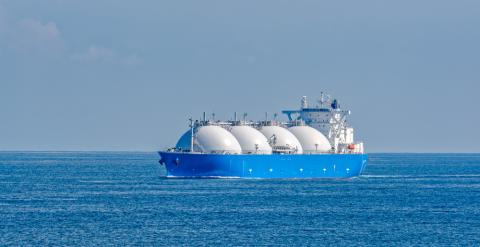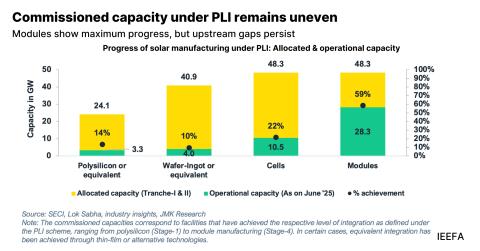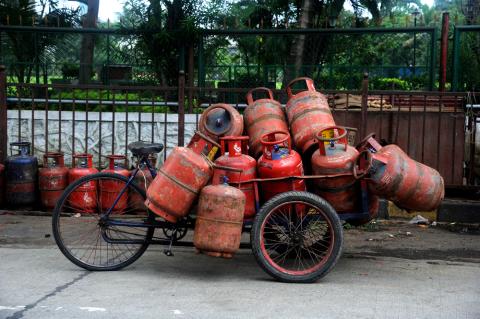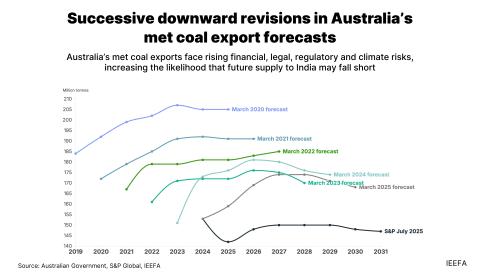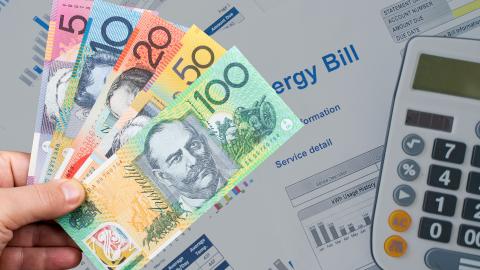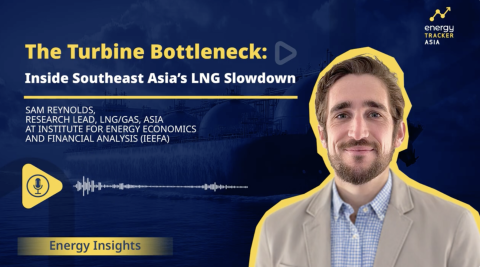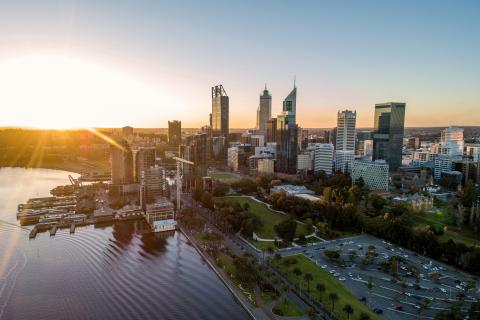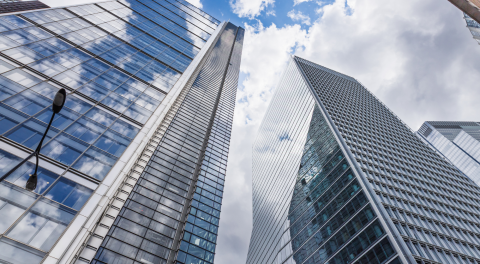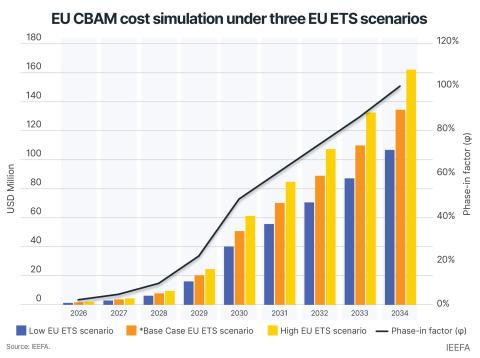Electric vehicles offer a cheaper alternative to Indonesia’s costly methanol plans
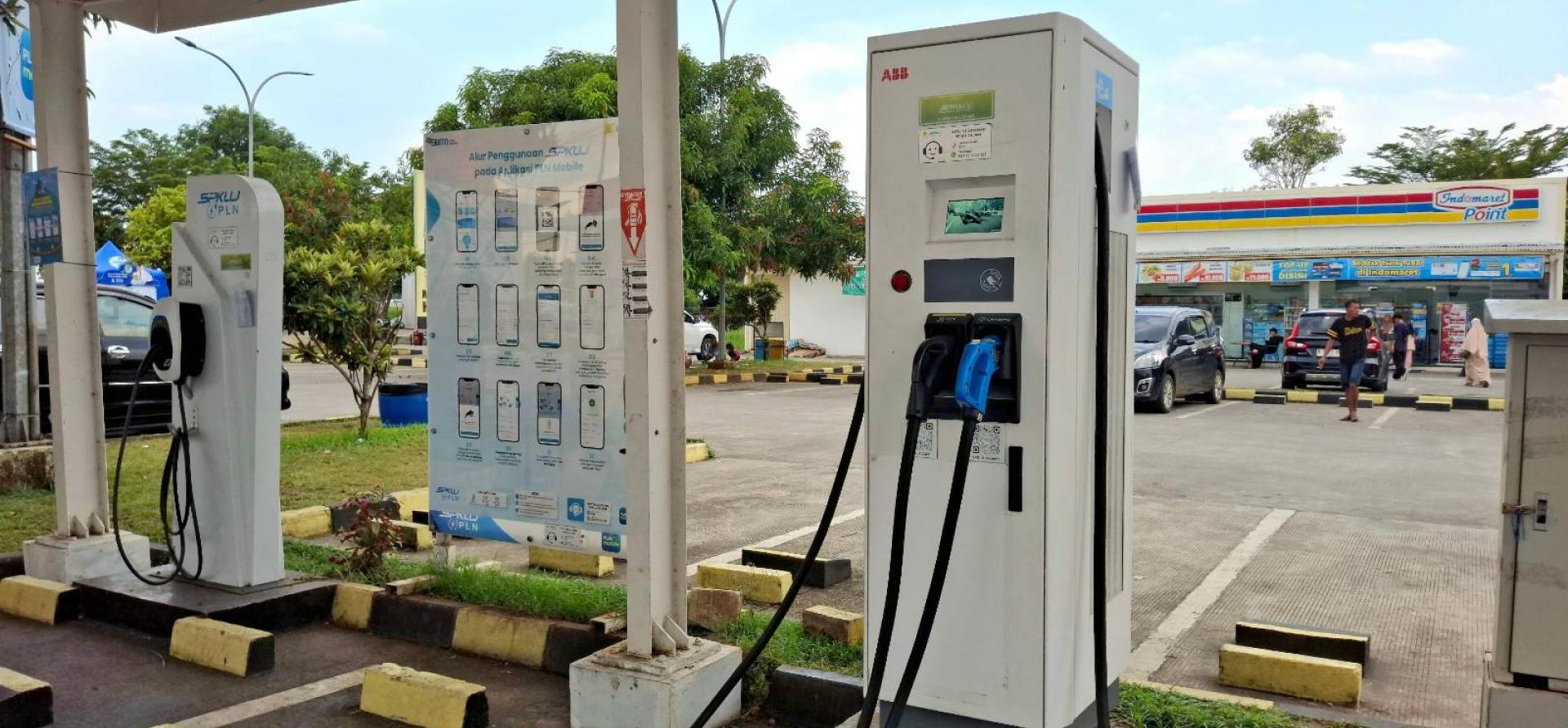
Key Findings
Indonesia’s planned USD1.2 billion ethanol and methanol processing facility aims to boost energy security but raises concerns about high costs and significant risks.
Methanol fuel blends are unsuitable for Indonesia’s older, alcohol-incompatible vehicles and the country’s humid climate, which increases the risks of fuel condensation and maintenance problems.
China’s experience shows that producing coal-based methanol is economically unviable. Shanxi Lanhua, a major producer, shut down its dimethyl ether (DME) production in 2023 due to losses.
Expanding the use of electric vehicles (EVs), particularly motorcycles, offers a lower risk, less complex, and cost-effective solution than increasing methanol production in Indonesia.
On 17 March 2025, the Jakarta Post reported on a USD1.2 billion (bn) ethanol and methanol processing facility in Bojonegoro, East Java. The article highlighted that Indonesia requires 2.3 million tonnes of methanol annually but has a domestic capacity of only 300,000. According to the Ministry of Energy and Mineral Resources (MEMR), boosting bioethanol and biodiesel production could help offset fuel imports. However, MEMR has not provided details of the plant’s gas source.
Based on the experience of Shanxi Lanhua, a listed Chinese coal and chemical company that manufactures dimethyl ether (DME), urea, and caprolactam (CPL), producing methanol from coal is uneconomical. A 2021 study also found that Indonesia’s aging vehicle fleet may not be suitable for methanol fuel blends as the country’s humid climate can cause fuel condensation. Instead of increasing methanol production, the adoption of electric vehicles (EVs) presents a more sustainable solution.
Lower energy content of ethanol, methanol, and DME
Ethanol (ethyl alcohol) is produced by fermenting sugars from corn, sugarcane, and other agricultural feedstock. Methanol is created from natural gas, wood fiber, coal, and biomass. DME is formed when water is removed from methanol. The table below compares the differing energy content of ethanol, methanol, and DME with gasoline, indicating their lower efficiency and energy output.
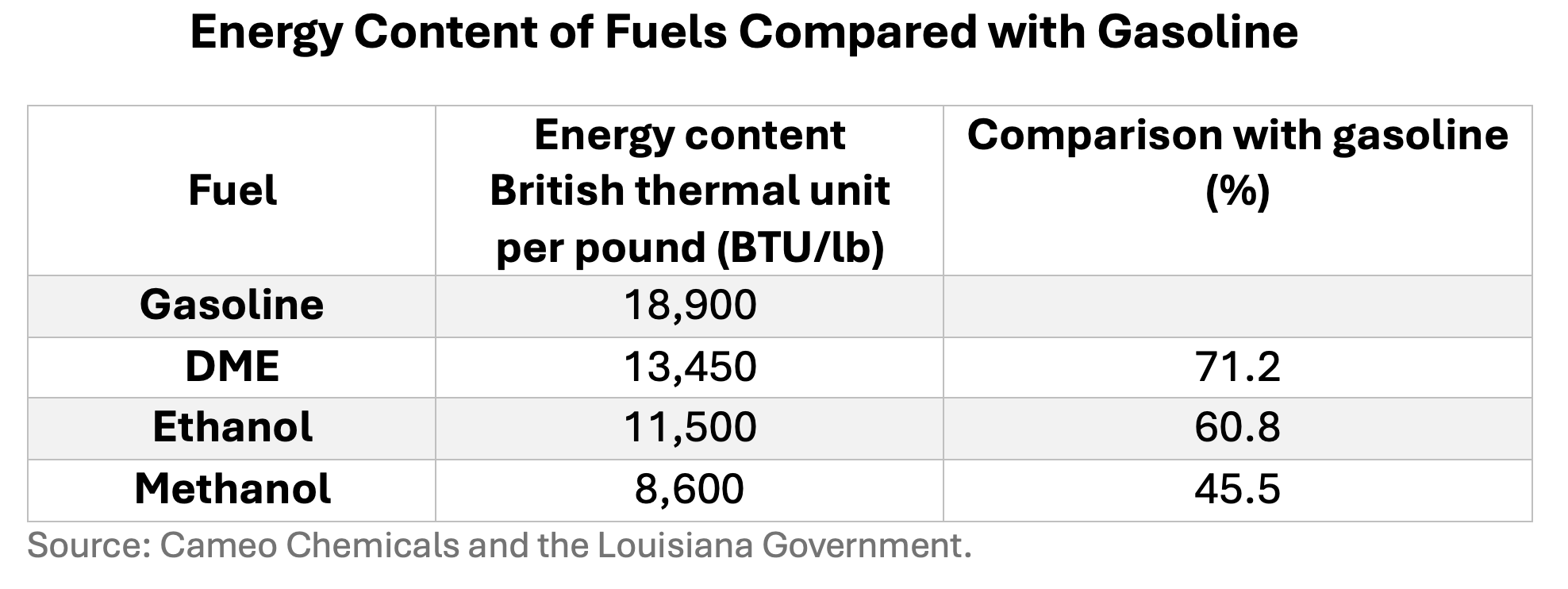
Relative to gasoline, methanol contains only 46% energy content, while ethanol and DME contain 61% and 71%, respectively.
Methanol and DME production are not economically viable
A previous report by IEEFA referenced Shanxi Lanhua for calculating the production costs of DME. In its first quarter results for 2024, the company announced that it had stopped producing DME because of losses. Its DME business went from a peak production of 256,000 tonnes in 2021 to 17,000 tonnes in 2022 and 8,100 tonnes in 2023. The average selling price per tonne of DME was USD508 and USD460 for 2022 and 2023, respectively. Meanwhile, production costs were USD582 per tonne and USD533 per tonne. The company lost USD73 per tonne of DME produced in both years.
The Government of Louisiana in the United States has stated that methanol can be competitive when produced from natural gas. However, it should be noted that the country has an established network of gas pipelines and natural gas supply. In contrast, Indonesia would need to build a gas pipeline network or LNG receiving stations at a significant cost. Methanol production from wood fiber is almost twice as expensive, while using coal and biomass has not been proven economically in mass production.
The risks of using methanol-blended fuel in Indonesia
In 2021, a white paper by the International Council on Clean Transportation (ICCT) highlighted several risks for Indonesia from combining methanol fuel blends with gasoline vehicles.
The authors examined the A20 blend (80% gasoline, 15% methanol by volume, and 5% ethanol), focusing on the use of methanol fuel blends for unmodified light-duty vehicles and two- or three-wheelers. While a methanol-blended fuel could reduce emissions and improve performance, these benefits are offset by lower energy content and higher material corrosion. Ethanol provides only 61% of the energy content of gasoline, while methanol offers just 46%.
Three Indonesia-specific risks were identified: the high sulfur content in the country’s base gasoline, the large percentage of older and alcohol-incompatible vehicles, and the hot and humid climate. Humidity increases the risk of water contamination through condensation and the likelihood of corrosion. The paper concluded that transitioning to the A20 blend would result in high costs from upgrading fuel transport, storage, and pumping infrastructure for alcohol compatibility. Maintenance costs for retail fuel pump owners and vehicle owners would also increase.
Indonesia’s EV market potential
The construction of the methanol plant in Indonesia is motivated by increasing energy security using indigenous plants and coal resources. However, an alternative solution is available – increasing the number of electric cars and motorbikes in the country.
In 2023, China had a 20.4 million electric car fleet, compared to 207,000 in Thailand and 116,000 in Indonesia. In 2024, more than 43,000 EVs were sold in Indonesia, indicating significant potential for further growth in sales.

In 2023, Vietnam led the region in electric motorcycle registrations with 2.3 million, compared to 75,000 in Indonesia and 32,000 in Thailand. Vietnam had approximately 77 million total motorcycle registrations, while Indonesia had 132 million, highlighting the potential for expanding electric motorcycle sales.
Prioritizing EV adoption over costly methanol blending
Blending methanol with gasoline carries substantial risks and requires expensive storage and pumping infrastructure additions and modifications. China, a major producer of coal-based chemicals, has already had to shut down DME production due to sustained losses.
Significant costs are associated with infrastructure buildout for methanol use in vehicles. At the plant level, high coal input and conversion expenses make production unprofitable, as consumers are unwilling to pay prices that exceed manufacturing costs.
Expanding the use of EVs, particularly motorcycles, offers a lower-risk, less complex, and cost-effective solution than blending methanol. Neighboring countries, such as Vietnam, have already built EV charging networks. 3% of Vietnam’s motorcycles are electric, compared to just 0.1% in Indonesia.


